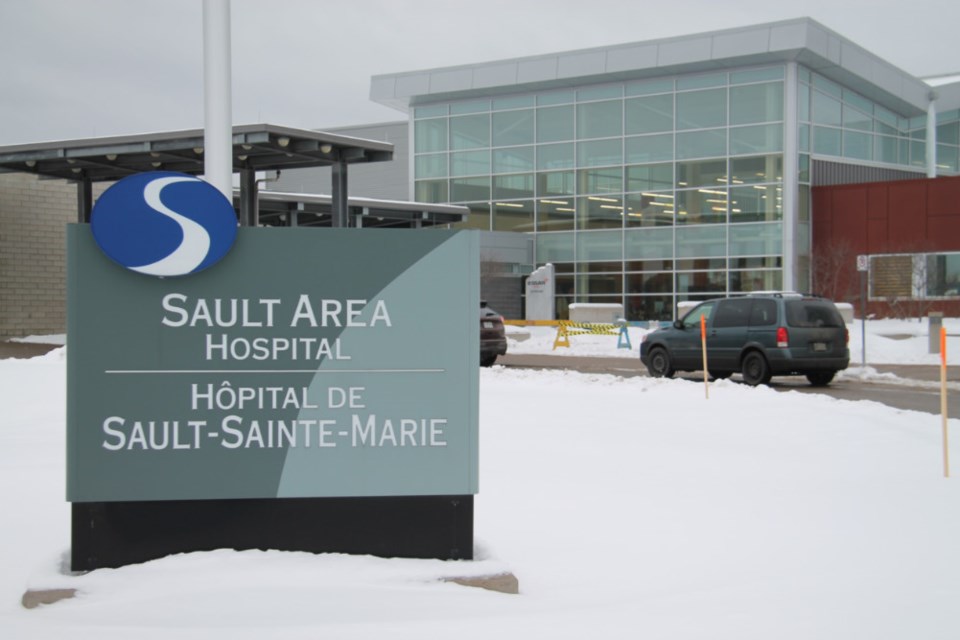A Jan. 22 CBC report, focusing on the Ontario-wide problem of hallway medicine with hospitals running at overcapacity, states some patients at Ontario hospitals are placed in former meeting rooms, a former exercise room and a kitchenette.
While the situation is not as severe as that at Sault Area Hospital (SAH), hospital officials say operating at overcapacity at the facility has been (and remains) an issue.
For 165 out of 181 days, from January to June 2019, SAH operated at over 100 per cent capacity, with an average patient occupancy of 107 per cent during that period, said Sue Roger, SAH vice president, clinical operations and chief nursing executive, in a telephone interview with SooToday Friday.
Roger said average occupancy from July to Dec. 2019 was a bit lower, at 101 per cent capacity.
“We’re lucky enough here at Sault Area Hospital to have had a new building in the last 10 years, and we have space that we would use rather than going into corridors, conference rooms or gyms,” Roger said.
“While our patients who visit the emergency department would say they were treated in hallways (and) that is publicly reported, that is actually part of the care in the emergency room...for patients who can wait in the hall.”
“We often have chairs in the hallway but they are actually ‘treatment chairs.’ That is an appropriate use of hallway space in that department, remembering all our patients are triaged when they come into the emerg, assessed and designated to be in the right part of that department,” Roger said.
“We have 10 beds in a vacant space. We use that during significant overflow or surge. Where we would be over 105 or 106 per cent occupancy, we would open those additional 10 spaces. Every other nursing unit in the building has the capacity to take one or two additional patients. Both of our medicine units are 40-bed units, but they can go up to 42 beds each.”
“In the past two to three months particularly we’ve had improved flow and reduced wait times for inpatient beds. We have significantly reduced the number of our patients who are considered alternate level of care (ALC) patients with the help of our home and community care and long term care partners,” Roger said.
ALC patients are those who do not need to be in hospital but cannot be safely discharged and sent home.
Roger said part of the issue can be attributed to “our complex patient population” which involves patients with mental health and addictions issues and a growing seniors population.
“We’ve been able to discharge to long term care many of our long-waited patients here at the hospital. Today we only have 14 patients waiting for a long term care bed, and our occupancy wait is about 14 per cent, which is the best in the northeast,” Roger said.
“From day to day we experience this and it presents challenges for our staff and physicians...we experience volume surges and they ebb and flow depending on the time of the year. Typically at this time of year, we have patients with clinical complications, things like flu season which create variations in our volumes,” said Wendy Hansson, SAH president and CEO.
The solution, in a perfect world? More government funding for more ALC beds?
More government funding to open more hospital beds?
“All of the above,” Hansson said.
“We have a philosophy called ‘home first.’ Ultimately you want to get folks back home and healthy and well and supported by the right care team in the right place, in the right setting.”
“The key message here, relative to much of what I’ve been reading online, is every patient (at SAH) has been in an appropriate care space, and that’s something to be celebrated in our community, but there’s lots of work to be done,” Hansson said.
